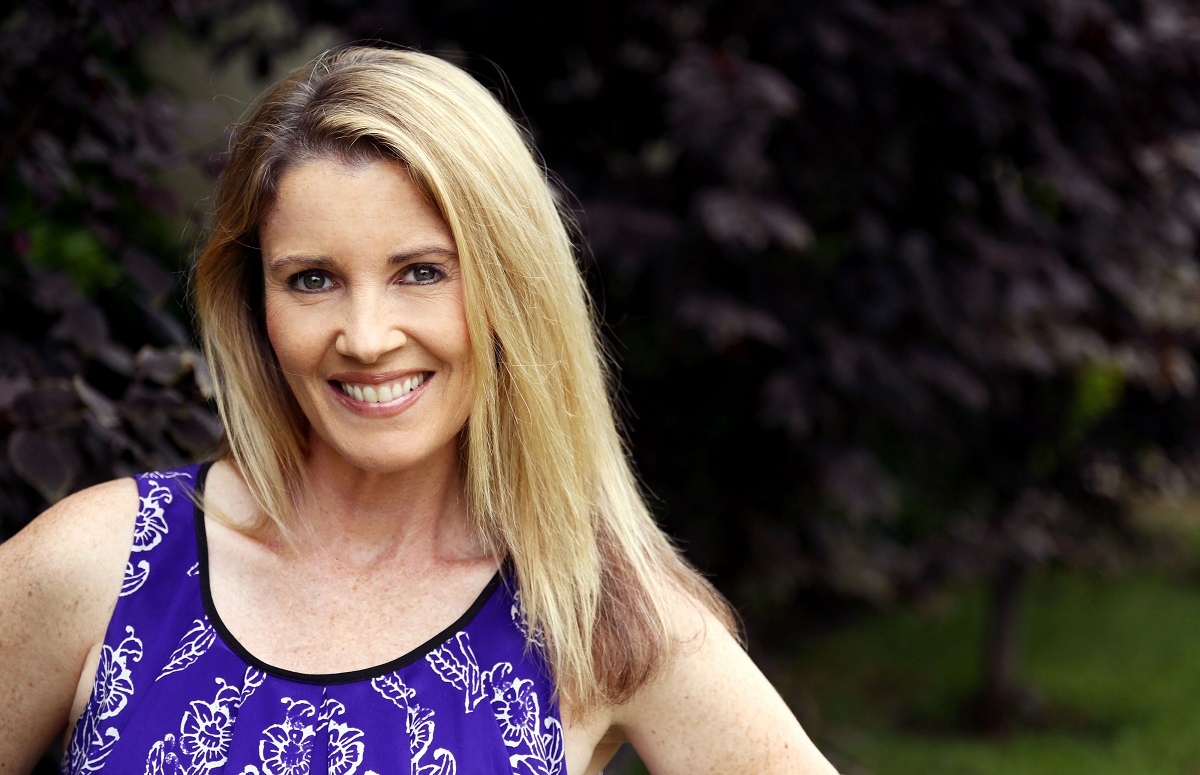Ethan Hawke attempts to breathe new life into the biopic structure with mixed results in “Wildcat.” What is certain is that he’s drawn a rich and multilayered performance from his daughter, Maya Hawke, in the starring role.
As director and co-writer alongside Shelby Gaines, Hawke tells the story of Flannery O’Connor by imagining that her work and her life were inextricably intertwined, with one constantly influencing the other. The mid-century American writer had a flair for the darkly dramatic, exploring humanity’s grotesque and profane elements in ways that seemed shocking and inappropriate for a proper young lady from the South.
In “Wildcat,” O’Connor and the real people from her life appear as characters from her stories as they blossom in her mind. But while it’s admirable that the script tries to deviate from the episodic, chronological constraints of the traditional biopic, these sequences end up feeling distracting and distancing. Most feature Laura Linney as both O’Connor’s real-life mother, Regina, and a series of bluntly racist Southern stereotypes. Among the other supporting players in the film’s impressively deep bench is Steve Zahn as a one-armed man (inspired by a gentleman she sees at a train station) and Rafael Casal as a charismatic, tattooed drifter.
These flights of fancy are wildly over-the-top, with gifted actors offering their versatility in the service of obnoxious, eccentric caricatures. Some of these portrayals are so hammy and mannered it’ll make you wince. Maya Hawke herself, so strong in recent years in “Stranger Things” and “Asteroid City,” shows a great deal of range—so much so that you wish the fantasy sequences offered her more nuanced material. These segments never fully gel with the real-life moments from O’Connor’s life, as she struggles with lifelong illness and the frustration of feeling like she never truly belongs. A later interlude involving “Licorice Pizza” star Cooper Hoffman as a traveling Bible salesman comes closest to achieving a real sense of tension and danger, as it’s pitched in a lower key and plays out a little longer than the rest.
What’s more intriguing is the inner conflict that torments O’Connor: her yearning to achieve the grace of her Catholic faith, even as she explores her blasphemous creative instincts. Lying in bed, dying of lupus at her family’s Georgia farm, she beseeches a priest (Liam Neeson in a brief cameo) to help her navigate this spiritual divide. It’s a welcome moment of quiet, and Maya Hawke makes O’Connor’s anguish feel immediate and true. The authenticity of scenes like this one, and an earlier one with Alessandro Nivola as her editor, reflect this fascinatingly flawed woman’s inner life more convincingly than the film’s fictional diversions.
And yet, Ethan Hawke offers a vivid sense of place in the rural South, brimming with detailed costume and production design. Working with cinematographer Steve Cosens, he elegantly evokes her isolation with sunlight streaking through her spare bedroom window as she reads or fireflies lighting up at dusk as she lurches across a field on crutches. O’Connor’s life in 1950s New York is equally distinct. Hawke’s exchanges with the writer Cal Lowell (Philip Ettinger), her mentor, (and maybe more) give the film’s early scenes an emotional heft that’s missing elsewhere.
During a visualization of O’Connor’s short story “Parker’s Back,” Hawke’s character, Sarah Ruth, tells Casal’s O.E. Parker that she classifies people into two categories: irritating and less irritating. Unfortunately, that’s how the back-and-forth of “Wildcat” feels, too. But seeing Maya Hawke take on this lead role with such verve—and clearly so much love for the shared creative experience with her father—offers an exciting glimpse into the long career ahead of her.




















